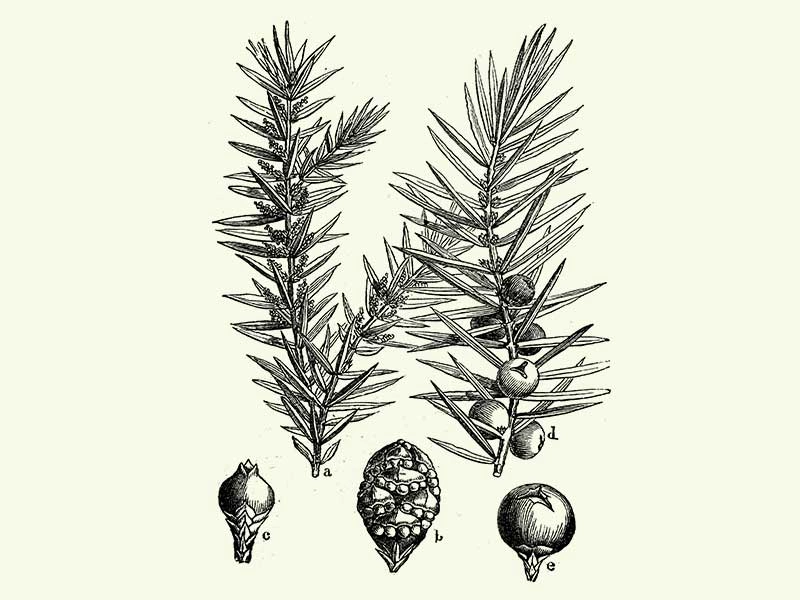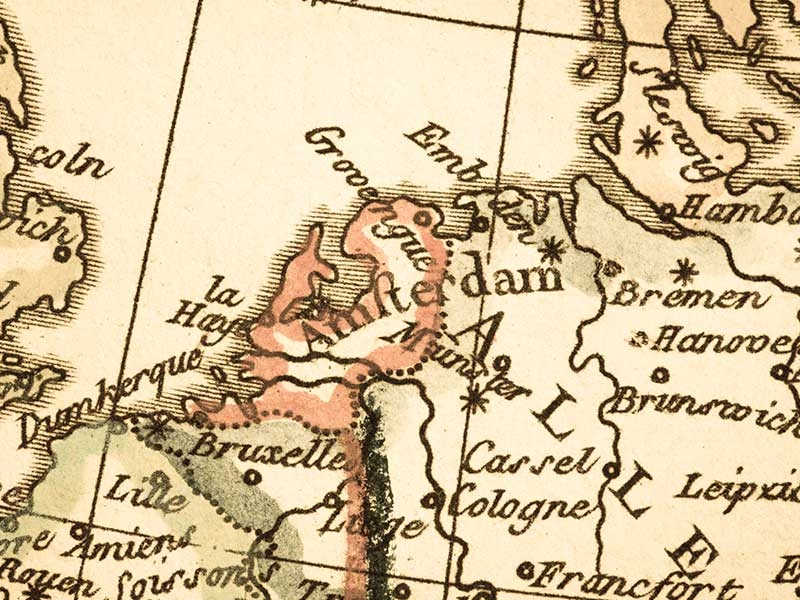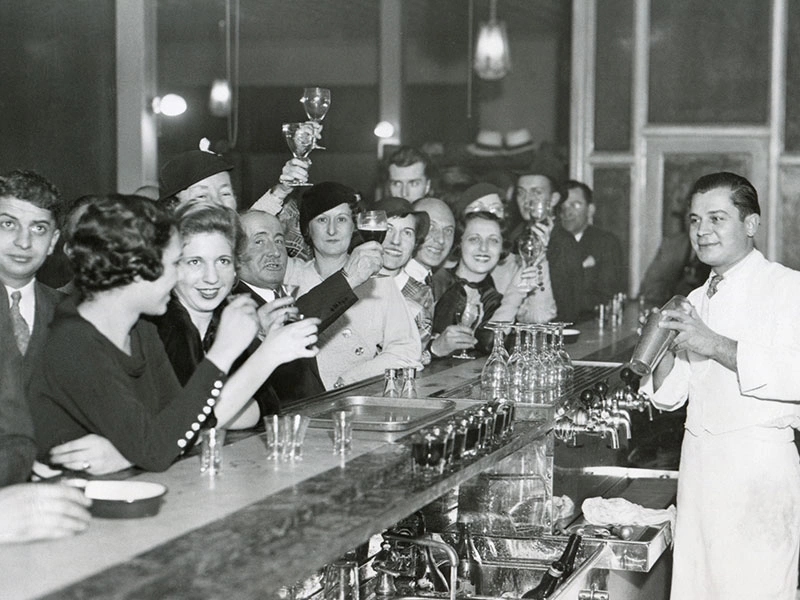Gin History
Gin’s history and later emergence owes its success to some unlikely elements, including its Dutch neighbors to the West, some legislation to reduce its production, and a newfound consumer demand for bitterness and stronger flavours in drinks.

Early Days
Distillation was brought to Europe around 150 B.C. At the time early Arabs had used distillation of a way of concentrating flowers and herbs as a way of making perfume and medicine. Its move to Europe coincided with using the method to create potable spirits.
It is believed that distilling spirits with herbs and botanicals was invented in Italy at the Schola Medica Salernitana, the world's first medical school. At the time, it was regarded as the most important source of medical information for all of Europe and during the 10th and 11th centuries was regarded as the preeminent course of important medical journals. According to journals, some scholars were distilling potions from wine and including various herbs, roots and fruits to create medicines.
At the time, juniper was being used in these elixirs to fight off the bubonic plague. It wasn’t until the 15th century that juniper was being used for enjoyable consumption.
Going Dutch
Drinkable Juniper spirits were being produced in the Netherlands in the form of a drink called Genever. Evidence of this can be found as early as 1269 and it was commonplace by the 15th century for Low Countries (Holland, Belgium, Luxembourg, and parts of Northern France & Germany) to be flavouring spirits with juniper.
In 1575, the Bols family would open a distillery near Amsterdam and coin the term Genever (named after the French word for Juniper ‘genievre’. By the 16th and 17th centuries, Genever was identifiable as the national spirit.
During a number of wars throughout the 16th and 17th century, soldiers, fighting in the Low Countries of Europe grew a taste for the local spirit and would often consume a large slug before going into battle. The term ‘Dutch Courage’ was coined as a term of endearment for the spirit. This fondness for the local drop was most likely the catalyst for its introduction in the U.K and Spain.


British Emergence
By 1688 in the U.K, legislation was passed that halted the importation of French Brandy and the promotion of local spirits from grain. This opened the floodgate for a number of moonshine distilleries and created a tax-free flood of juniper flavoured grain spirit to the market.
The permit to produce and sell gin was so simple anyone could do it. The city of London, with a population of nearly 600,000 was a magnet for the influential, the desperate, the princes and the pawpers. The ‘Gin Craze’ was alive.
By 1720, the local economy was going through a state of flux and its inhabitants were consuming nearly 3 litres of gin, per week, on average. This gin was not as we know it today. Generally, it was produced with whichever botanicals were plentiful and available, sweetened with sugar, thickened with glycerin and occasionally ingredients like sulphuric acid and turpentine were added.
By 1729 and 1736 the U.K has attempted to implement two failed gin acts that would temper the growing production of the moonshine spirit. Both of these acts failed and it wasn't until the Tippling Act of 1751 was passed that the prohibition of unlicensed gin producers started to take effect.
The Spice is Right
Later in the 18th century an abundance of fruits, teas and spices would lead to a particular style of gin emerging. The ‘London Dry’ style of gin would be named for its reduction in sugar and drier, juniper lead style. The leading players in this new world of premium gin production would be Gordon’s (1769), Booth’s (1740) and Plymouth (1793).


Coffey, Prohibition & WWII
By the 1830’s, a new process of making spirits had been developed by Irishman Aereas Coffey. Continuous distillation would mean a much cleaner rectified spirit could be produced and would work as a base for juniper spirits, without adding sugar.
By the start of the U.S prohibition in the 1920’s, gin had gone through an era of emergence. Gin was the spirit of choice for many classic cocktails, and although the temperance act stifled regrowth of gin somewhat, it meant that on its repeal in 1933 gin (an unaged spirit) would be available for sale almost instantly in the U.S.
After WWII, gin’s growth had taken a bit of a hit with a lot of the Western world moving away from flavourful spirts and more towards the exotic neutral flavours of Vodka. This leads to number of gins being created to appeal to a softer palate, and an emergence of a new wave of gins not reliant of juniper to lead their flavour profile.
These days gin has been well and truly revived with not only many more (thousands) of new wave gins being born but also an array of older, heritage brands being successful and growing their expressions further.
Gin Production
Gin can be categorized as a spirit flavoured with Juniper, as well as botanicals including fruits, herbs, barks, berries and nuts.

